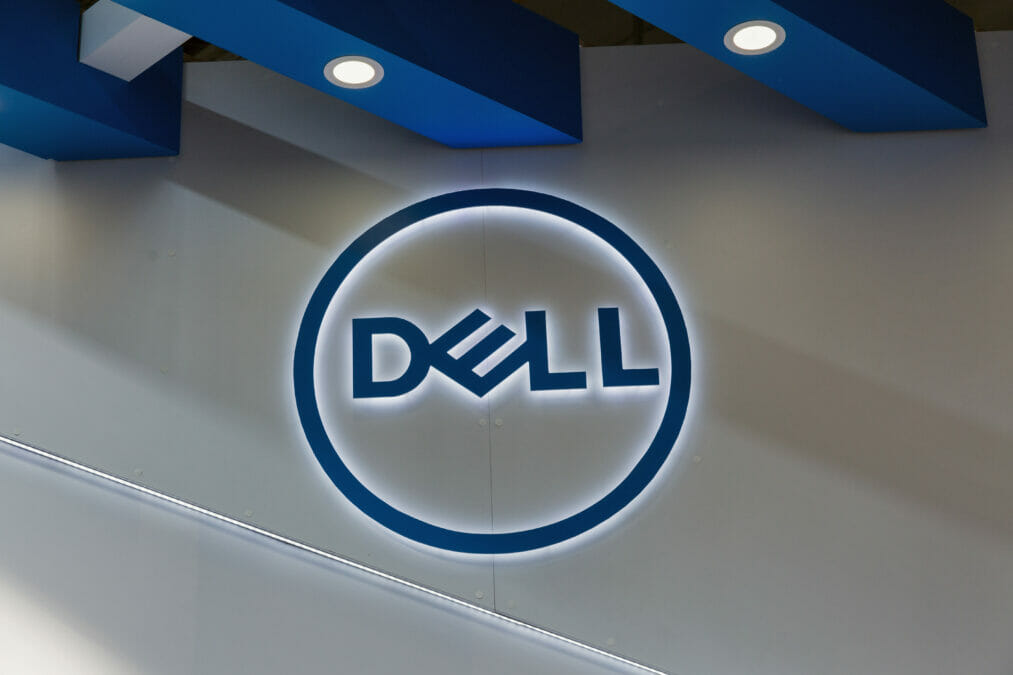Dell was the hardware manufacturing success story of the 1990s, thanks to such innovative business practices as selling to customers directly and assembling devices to order. The past ten years, however, have seen Dell rather lose its edge to Apple in the consumer space and to Hewlett-Packard in business.
That has prompted an attempted reinvention at the company. One of the most conspicuous facets of this has been Dell’s acquisition of IT service provider Perot Systems in the second half of 2009. Just as significant, though rather less visible, has been the expansion of its global supply chain to include both retailers and so-called original design manufacturers, which sell complete devices for Dell to rebadge.
This transformation placed a significant new burden on Dell’s supplier engagement processes, and the disparate systems that supported them. The company therefore decided to outsource these processes and systems to Inovis, a US-based ‘business-to-business’ outsourcing provider.
Interesting Links
The sting in the tale of Dell’s outsourced supply chain – An addendum to the profile of Dell’s supply chain outsourcing project: the company is entered into the Forum of Private Business’ ‘Hall of Shame’ for extending its supplier payment window
Inovis describes the platform it built to support Dell’s supply chain infrastructure as “the largest hosted B2B cloud environment in the world”, based on the volume of transactions it now supports. Even so, the move to a fresh site made possible some radical feats of consolidation, and the underlying infrastructure has been reduced by 200 servers, 20 networks, 20 data centre racks, ten databases and six terabytes of storage.
This wasn’t a simple infrastructure outsourcing job, however. Inovis has taken responsibility for the functional operations of transactions between Dell and its suppliers. Tim Ratliff, senior architect for enterprise solutions at Inovis, spends 90% of his time on the Dell site, and is currently working to extend his client’s electronic invoicing systems across all of its territories, including Mexico, Brazil, the EU and Asia-Pacific. This job requires considerable domain expertise, Ratliff explains. “The regulations for what has to go into an e-invoice are entirely different in Brazil from what they are in Mexico,” he says. “And they are different in every European state.”
Indeed, it is arguably a combination of Inovis’s domain expertise and the consolidation capabilities of cloud technology that made possible this transformation, which took seven months and involved over 2,000 suppliers.
That said, it is perhaps a little early to judge the success or otherwise of Dell’s new supply chain strategy. Early signs are good, however: the company’s profit jumped 52% in its most recent financial quarter.







